READY TO GET STARTED?
REQUEST A FREE ESTIMATE
Fill out the form below or call (888) 466-7849 for a free, no-obligation estimate.
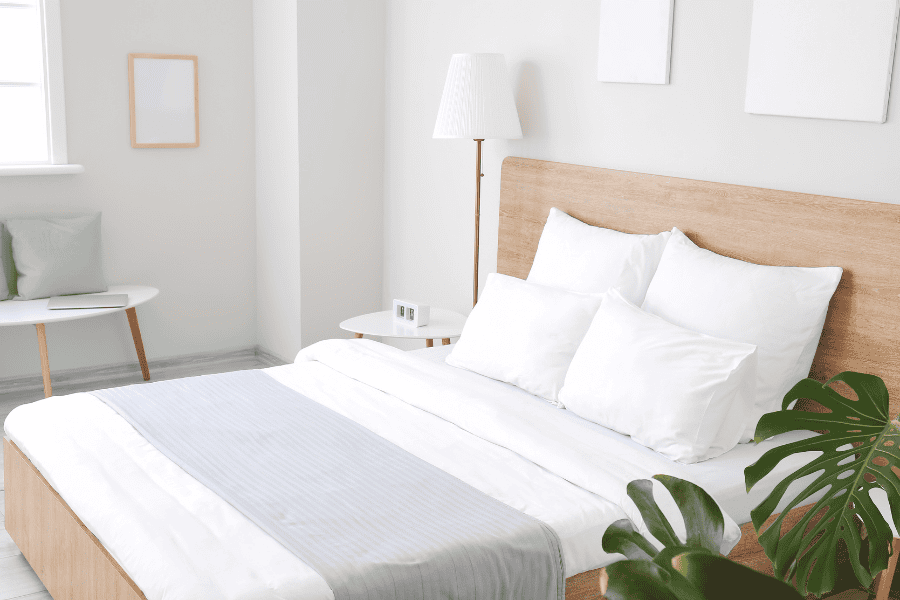
Traveling should be a relaxing and enjoyable experience, but nothing can ruin a trip faster than bringing home unwanted guests—bed bugs. These tiny pests are expert hitchhikers, and hotels, motels, and vacation rentals can sometimes harbor infestations. Knowing how to check for bed bugs in a hotel before settling in can save you from bites, discomfort, and the nightmare of an infestation at home.
In this guide, we’ll cover the common signs of bed bugs, how to prevent bed bugs while staying in a hotel, and what to do if you encounter bed bugs during your stay.
While bed bugs can be found in even the cleanest hotels, certain signs indicate their presence. Here’s what to look for when checking your hotel room:
Bed bugs hide in small cracks and crevices, with mattresses and box springs being some of their favorite hiding spots. Pull back the sheets and blankets and carefully inspect the seams, edges, and folds of the mattress.
Look for:
Bed bugs often hide in the crevices of headboards and bed frames. Use a flashlight to check along the seams and any cracks in the wood or upholstery.
Bed bugs don’t just hide in beds. Upholstered furniture like couches, chairs, and padded headboards can also harbor these pests. Look along seams, under cushions, and in any folds or tufts of fabric.
Before setting your bags down, inspect the luggage rack thoroughly. Bed bugs often hide in the cracks and crevices of wooden or fabric-covered luggage racks, waiting for the perfect opportunity to crawl into your suitcase.
If an infestation is severe, you might see rust-colored spots on the walls, curtains, or baseboards. Bed bugs can also hide behind picture frames, electrical outlets, and inside drawers.
Even if you don’t see immediate signs of bed bugs, taking precautions can help ensure you don’t bring them home. Follow these tips to prevent bed bugs when staying in a hotel:
Instead of placing your suitcase on the bed or floor, use a luggage rack or place your bag in the bathroom, where bed bugs are less likely to hide.
Bed bugs have an easier time clinging to fabric suitcases than hard-shell ones. If possible, opt for a hard-shell suitcase to reduce the chances of bed bugs hitching a ride home.
Keep your clothing in sealed plastic bags inside your suitcase. This makes it harder for bed bugs to get into your clothes and travel home with you.
Even if you didn’t see signs of bed bugs, wash all your clothes in hot water and dry them on high heat as soon as you return home. Heat is one of the best ways to kill bed bugs and their eggs.
Before storing your suitcase after a trip, vacuum it thoroughly to remove any hitchhiking bed bugs.
If you find signs of bed bugs in your hotel room, take action immediately:
Notify the front desk as soon as possible. Many hotels take bed bug complaints seriously and will offer a room change or refund.
If you’re given a new room, make sure it’s at least two floors away from the infested room. Bed bugs can travel through walls and vents, so a nearby room might also be affected.
Just because you switched rooms doesn’t mean you’re in the clear. Check for bed bugs again using the steps outlined above.
If you stayed in an infested room, take extra steps to prevent bringing bed bugs home:
If you accidentally bring bed bugs home, you need to act quickly. A bed bug infestation can spread rapidly, so professional treatment is often necessary.
Knowing how to check for bed bugs in a hotel can help prevent an infestation and keep your trip stress-free. By inspecting your room upon arrival, taking preventative measures, and acting quickly if you find bed bugs, you can reduce your risk of bringing these pests home.
If you suspect you have a bed bug infestation, don’t wait—contact a professional pest control company to safely and effectively kill bed bugs and prevent further issues.
Want to ensure your home stays bed bug-free? Contact a bed bug control company near you today for expert bed bug control solutions!
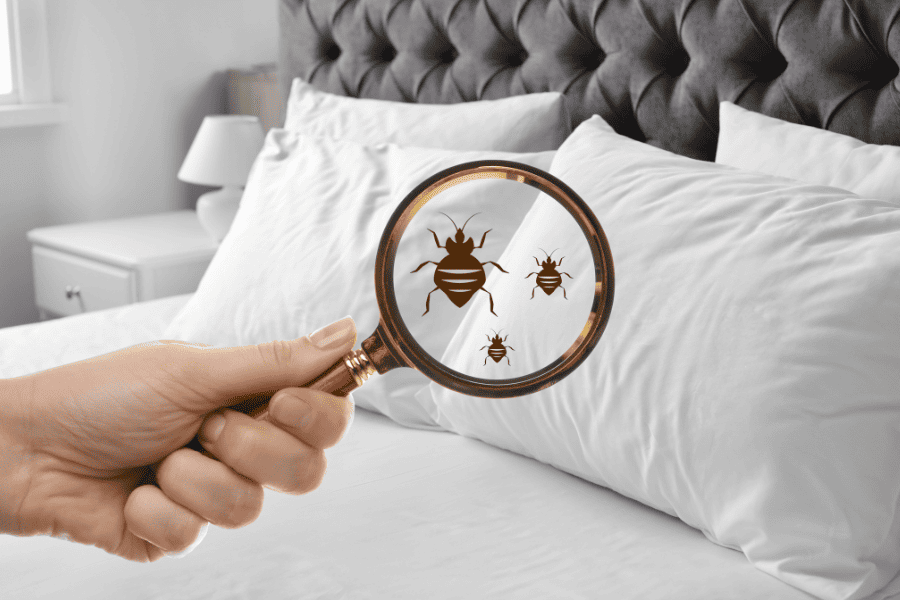
Understanding what bed bugs are and how they can find their way into your home is the first step in preventing their unwelcome presence. Let’s go over how to properly identify bed bugs and the many ways they can make their way into your home.
Bed bugs are small, parasitic insects that primarily feed on the blood of humans and animals. The reddish-brown, oval-shaped creatures are about the size and apple seed when fully grown. Bed bugs are expert hiders, which makes identifying bed bugs challenging until an infestation is underway.
Preventing a bed bug infestation begins with awareness. Here are some steps you can take:
Understanding how to identify bed bugs and how they can enter your home is the first step to keeping these pests away. If you suspect you have bed bugs, reach out to your local pest control company for an inspection and plan of action!
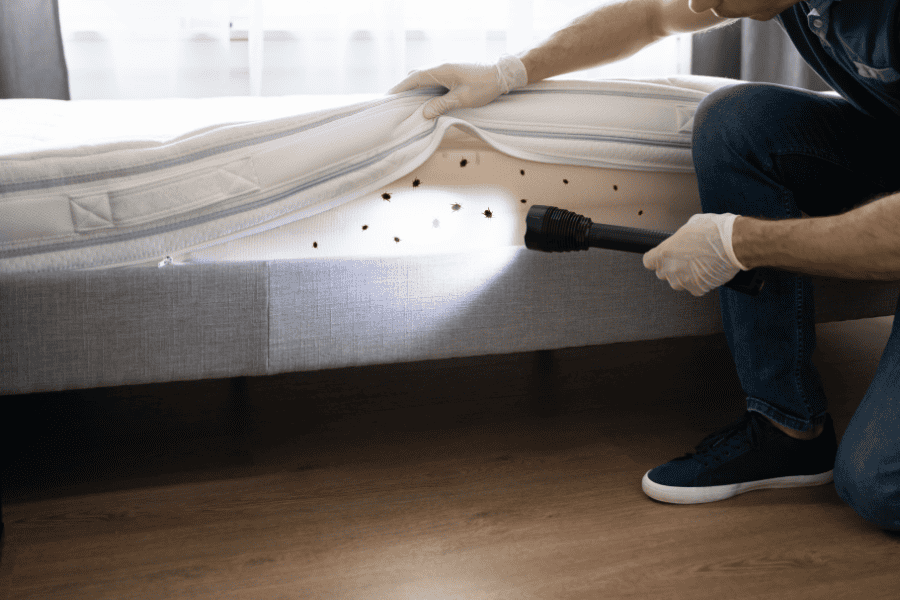
Bed bugs are the unwelcome guests that can ruin your sleep and take over your home. These tiny, apple seed shaped insects can easily infest your home without warning by hitchhiking via your luggage or other personal belongings. To help you prevent bed bugs, let’s go over the common signs of bed bugs and how to effectively manage them as pests.
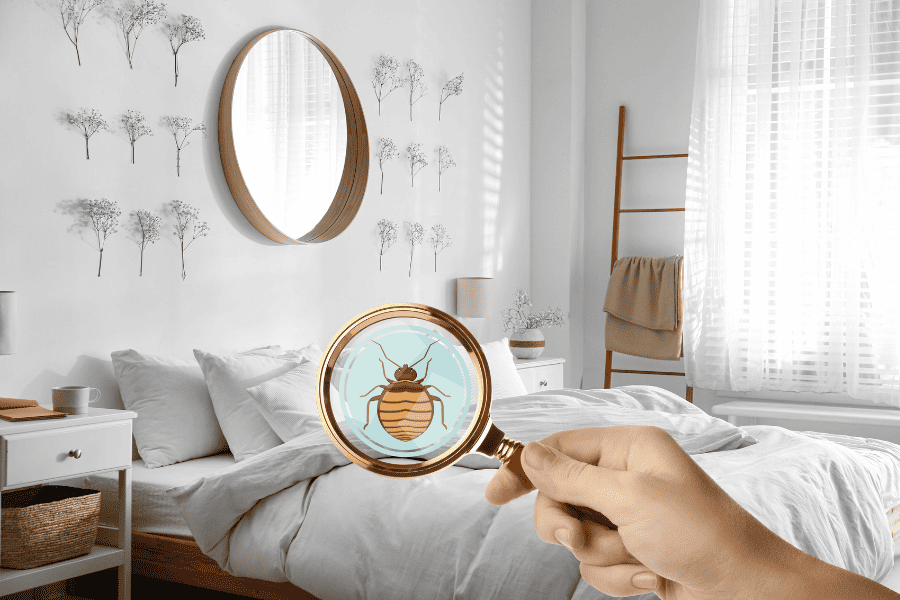
Traveling for the holidays, staying at hotels, and visiting family are all opportunities for bed bugs to hitchhike through your luggage and make their way into your home! These invasive pests will go undetected for long periods, reproducing quickly, and causing a full-blown infestation. One of the best ways to avoid bed bugs inside your home is to prevent them in the first place.
While packing for your trip, consider utilizing plastic bags to pack your clothes, shoes, and other personal items to help prevent bed bugs that climb into your suitcase. Before booking your hotel room, look up the bed bug registry. Once you get to your hotel room or Airbnb, inspect the room for signs of bed bugs, including small, dark spots, bloodstains, or bed bug skins. Try to avoid placing your luggage on the bed or floor, instead, place it on tile floors, in a closet, even in showers or tubs, and keep it away from the walls and any wooden furniture.
Once you return home from a trip, unpack your items outside instead of inside your home. Look to unpack your clothes and personal items outside, and wash them immediately through a high-heat dryer cycle as bed bugs cannot withstand high temperatures. If you’ve recently purchased secondhand furniture, groceries, or have a delivery, make sure to always inspect them before bringing them inside.
If you’ve seen bed bug signs or a live bed bug, it’s important to act fast to eliminate them from your home. There are several do-it-yourself bed bug methods that you can utilize but having a professional provide you with an inspection and a bed bug treatment plan is usually best. These licensed professionals will give your home in in-depth inspection and a customized bed bug control plan, either a chemical or heat treatment, based on your pest situation. If you suspect a bed bug infestation, contact your Florida pest control company for more information.
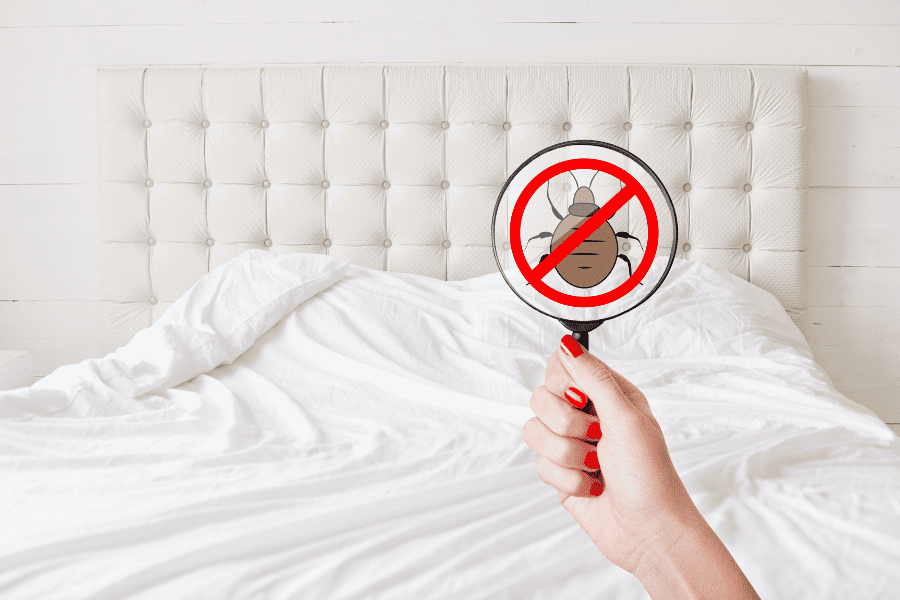
Bed bugs are tiny, invasive pests that can easily hitchhike a ride with you after traveling and infest your home. Bed bugs are notoriously difficult to get rid of once they’ve made themselves at home in your furniture, bedding, and even carpet. To avoid the headache and expense of a bed bug infestation, consider following these tips to prevent them after you’ve come home from traveling.
Upon your hotel arrival, consider inspecting your hotel for bed bugs and checking the bed bug registry before booking a room. After your stay, when packing up and leaving your hotel room, do a thorough inspection of all your items, including luggage, bags, and clothing you’ve traveled with. Check for any signs of bed bugs, such as live bugs, shed skins, and brown stains on the mattress or bedding. Pay close attention to the seams of your luggage, as bed bugs often hide in small crevices. If you find any evidence of bugs, throw out your luggage and purchase a new one or seal it in a plastic bag until you can properly treat it.
As soon as you get home from your trip, inspect and unpack your clothes outside instead of inside your home. After unpacking, wash all your clothes and bedding in hot water as soon as possible. Bed bugs cannot survive in temperatures above 120°F, so washing and drying your items in the hottest setting is one of the best ways to kill any hitchhiking bugs. If you cannot wash an item in hot water, seal it in a plastic bag and place it in the freezer for a few days to kill any bugs that could be hiding inside.
After unpacking and washing your clothes, it’s still important to inspect your home after a trip. Inspect the areas where you often store your luggage and clothing, such as closets, dressers, and bedside tables. Check for any signs of bed bugs.
Even if you take these precautions, bed bugs can still find their way into your home. Be vigilant and watch for any signs of bed bugs, such as bites on your skin, live bugs, or small bloodstains on your bedding. If you suspect that you have a bed bug infestation, it’s best to call your local pest control company for help. These bed bug experts will be able to provide you with a thorough inspection and a treatment and prevention plan.